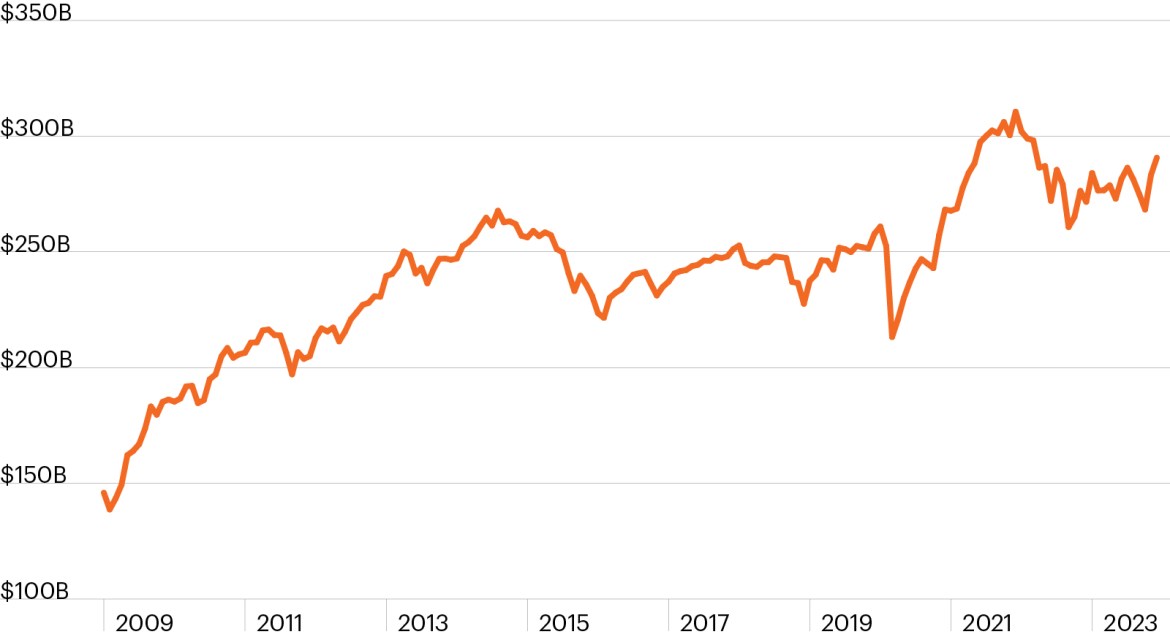What is a closed-end fund?
Closed-end funds (CEFs) are investment companies that pool the assets of shareholders to invest in a wide range of securities. There are two varieties, publicly traded and unlisted, and both are regulated under the Investment Company Act of 1940.
Publicly traded (traditional) closed-end funds issue a fixed number of shares through an initial public offering (IPO). Shares of traditional closed-end funds trade on an exchange and, therefore, investors can buy and sell shares of traditional CEFs just like a stock.
Unlisted CEFs typically offer a fixed number of shares over longer periods of time, typically several years. The shares of unlisted CEFs are not publicly traded. Investors may redeem their shares at defined intervals, typically monthly, quarterly or semiannually. The amount redeemable is normally subject to a cap based on the percentage of shares outstanding.
How big is the traditional CEF market?
Closed-end funds are highly diverse and invest across a broad range of geographies, asset classes and strategies. CEF assets under management grew from approximately $139 billion following the financial crisis to over $270 billion in 2023. There are over 515 traditional closed-end funds in the market today.1
Total net assets, U.S. closed-end funds¹

Key differences between closed-end funds and mutual funds
The biggest difference between traditional closed-end funds and open-end funds (or mutual funds) is that closed-end funds issue a fixed number of shares through an IPO while open-end mutual funds continuously offer shares and trade daily based on the fund’s net asset value.
Since traditional closed-end funds issue a fixed number of shares, CEF share prices are based on supply and demand and investors’ views on the manager, strategy and portfolio. In this way, managers of closed-end funds do not have to manage investor redemptions like that of open-end mutual fund managers – especially during periods of market volatility.
Another key difference is that CEFs are not limited in their ability to invest in less-liquid and illiquid assets. Unlisted closed-end funds can invest substantial portions of their portfolios in illiquid investments.
Investor considerations
Closed-end funds may trade above or below the fund’s net asset value based on supply and demand for the fund’s shares and other technical factors. Unlisted closed-end funds also provide limited liquidity.
When investing in closed-end funds, financial professionals and their investors should first consider the individual’s financial objectives. Investment constraints such as risk tolerance, liquidity needs and investment time horizon should be taken into consideration.
